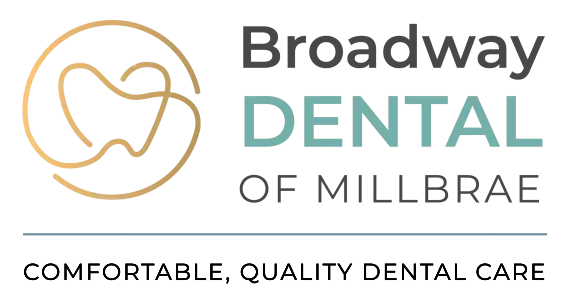Book Now
Can I Brush My Teeth Before or After Using Whitestrips?
Millbrae, CA

When considering the use of whitening strips to brighten your smile, a common question arises: Is it better to brush your teeth before or after using whitestrips? This question is important because the effectiveness of whitening treatments, as well as the health of your teeth and gums, can be impacted by your oral hygiene practices surrounding their use. This article explores the pros and cons of brushing teeth before or after using whitening strips, incorporating advice from dental professionals and the recommendations of whitestrip manufacturers.
Understanding Whitening Strips
Whitestrips are a popular form of at-home teeth whitening treatment. They are thin, flexible strips coated with a whitening gel that typically contains hydrogen peroxide or carbamide peroxide. When applied to the teeth, the peroxide breaks down into oxygen molecules that penetrate the enamel and dentin, breaking apart the compounds that cause discoloration.
Brushing Teeth Before Using Whitestrips
Pros:
- Removal of Plaque and Food Particles: Brushing your teeth before applying whitestrips can remove plaque and particles of food from your teeth. This ensures that the whitening gel comes into direct contact with your enamel, potentially making the treatment more effective.
- Better Adhesion: Clean teeth can allow the strips to adhere more closely and evenly, which may enhance the uniformity of the whitening effects.
Cons:
- Risk of Gum Irritation: Brushing immediately before applying the strips can cause abrasion to the gums or enamel. This might increase the risk of sensitivity and irritation when the whitening agent is applied, especially if you brush too hard or use a hard-bristled toothbrush.
- Altered Oral pH: Brushing your teeth can temporarily change the pH level in your mouth, potentially affecting the efficacy of the whitening agent.
Brushing Teeth After Using Whitestrips
Pros:
- Removal of Residual Gel: Brushing after removing the strips helps in eliminating any residual gel from your teeth and gums, reducing the risk of irritation or prolonged exposure to the whitening agent.
- Immediate Oral Hygiene: It allows for immediate cleaning of your teeth after the treatment, ensuring that no whitening gel remains to attract or hold onto new particles of food or plaque.
Cons:
- Potential for Sensitivity: Some individuals may experience increased sensitivity immediately after using whitening strips. Brushing right after removing the strips could exacerbate this sensitivity, making the experience uncomfortable.
- Affecting Whitening Results: There’s a possibility that brushing too soon after whitening could interfere with the enamel’s absorption of the whitening agent, potentially affecting the final results.
Recommendations from Dental Professionals
Dental professionals generally recommend waiting for a certain period before or after using whitening strips to brush your teeth. This approach aims to minimize the risk of gum irritation and sensitivity while ensuring the effectiveness of the whitening process. It’s advisable to follow the specific instructions provided by the whitestrip manufacturer, as the formulation of the whitening gel may vary.
Best Practices for Using Whitestrips
- Follow Manufacturer’s Instructions: Always adhere to the guidelines provided by the whitestrips manufacturer regarding pre and post-application oral hygiene.
- Use a Soft-Bristled Toothbrush: If you choose to brush before using whitestrips, use a soft-bristled toothbrush and gentle fluoride toothpaste to reduce the risk of gum irritation.
- Wait Time: Consider waiting for a period after brushing before applying the strips if you choose to brush beforehand, allowing the oral environment to stabilize. Similarly, after removing the strips, waiting before brushing can help avoid sensitivity.
- Consult with a Dental Professional: Before starting any whitening treatment, it’s wise to consult with a dentist. They can provide personalized advice based on your oral health status and the specifics of the whitening treatment you intend to use.
Conclusion
The decision to brush teeth before or after using whitestrips depends on several factors, including personal sensitivity, the specific product used, and professional dental advice. Generally, it’s recommended to avoid brushing immediately before applying whitestrips to reduce the risk of gum irritation and ensure the effectiveness of the whitening agent. Brushing after removing the strips, but waiting a certain period before doing so, can help in managing sensitivity and ensuring that any residual gel is cleaned off effectively. Always follow the product’s instructions and consult with a dental professional to tailor the best approach for your needs, ensuring a brighter smile without compromising oral health.


